If you think about it, the most impressive thing about life here on Earth is its enormous variety. Looking at some of the more unusual species of life around the world makes you wonder just what limits there are to the kind of creature evolution can come up with. Consider the nudibranch and the millipede, the flying squirrel and the flying snake or how ’bout just the duck billed platypus all by itself!
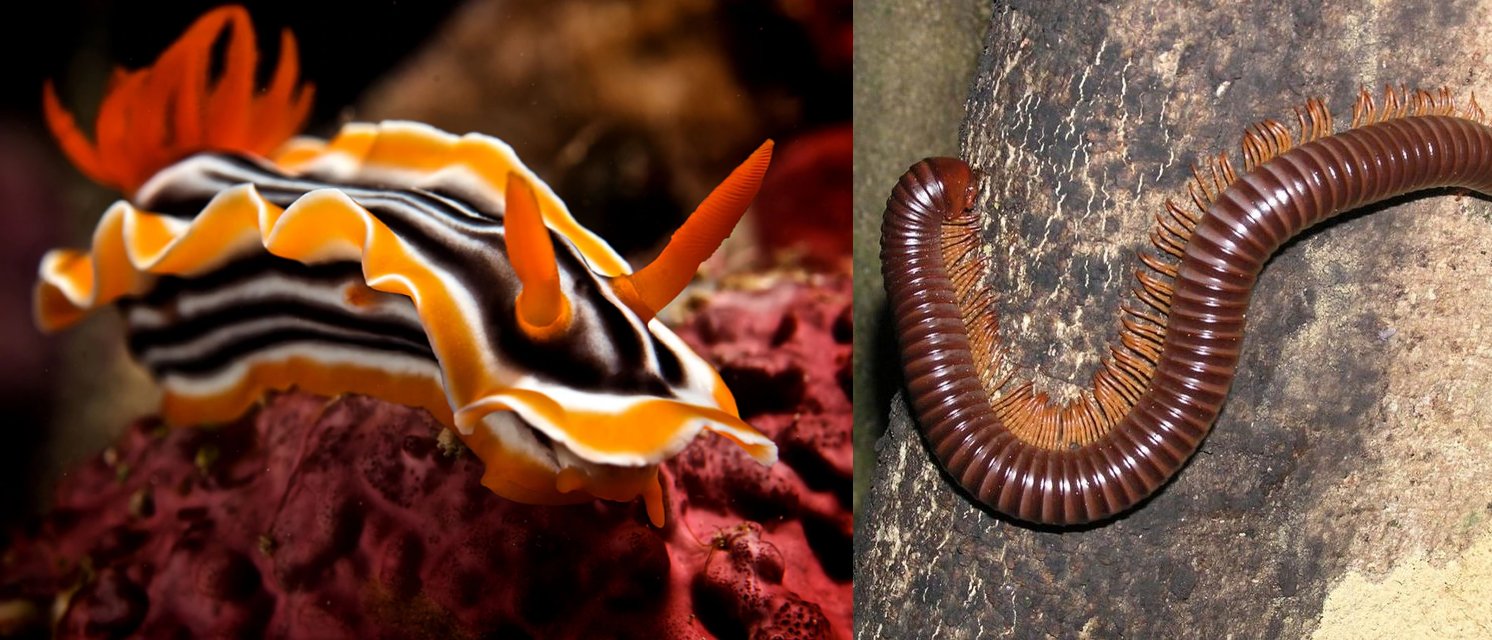
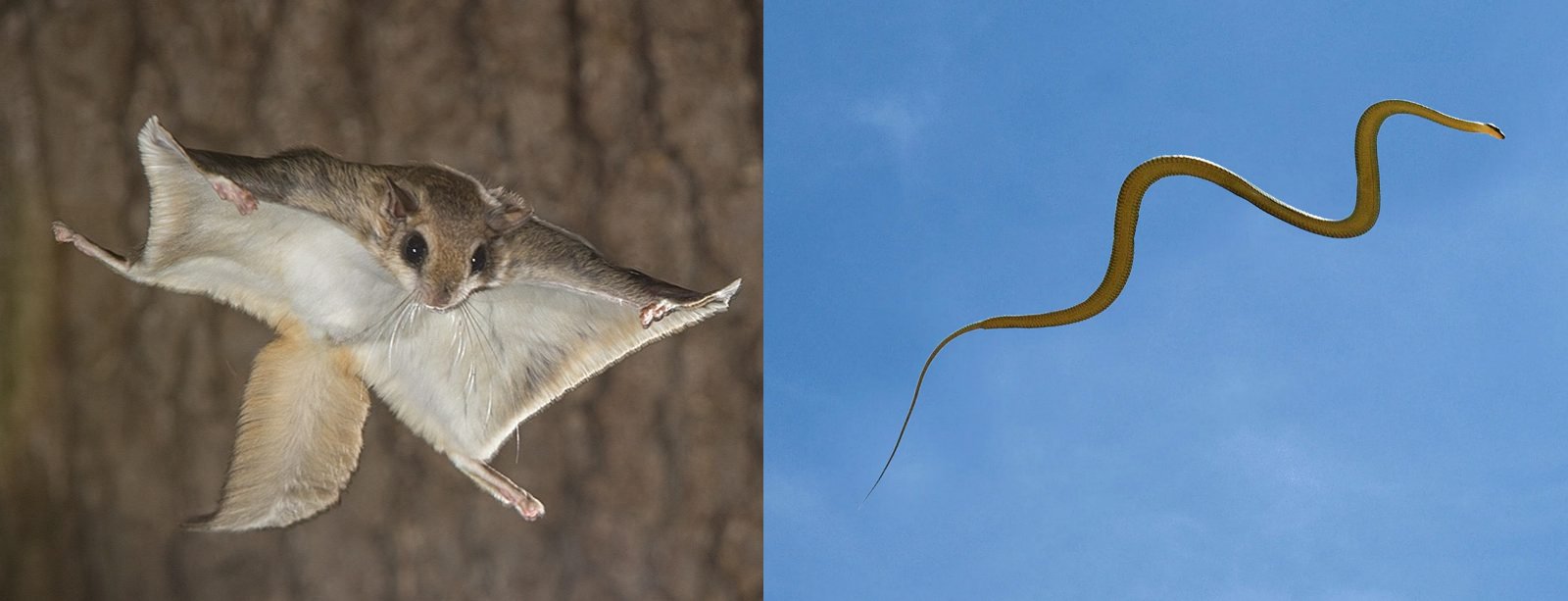
It’s hardly surprising therefore that in the long history of life there should be many creatures that are even stranger. As I usually do I’ll begin my discussion of new unusual fossils in the distant past and work my way forward in time.

Many of the strangest creatures ever found have come from the Burgess Shale fossil site in British Columbia. Even the names of some of the species discovered there indicate how strange they are. Anomalocaris (literally strange shrimp) and Halluciogenia (literally a hallucination) are two of the best known but over the last several decades both of these animals have had several related species uncovered in other fossil sites so that the taxonomy of these ‘weird wonders’ is now better understood.
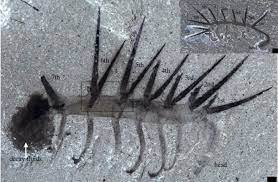
Not so Opabinia, a five-eyed creature with a backward facing mouth, segmented body with flaps instead of legs and a long elephant-like nose. Although Opabinia had been first described by Walcott in 1912 as an unusual arthropod it was only in 1975 when paleontologist Harry Whittington dissected specimens of the creature using techniques he himself had developed that Opabinia was recognized as the bizarre creature we now know. And in the years since then Opabinia remained a unique creature with no known relatives.
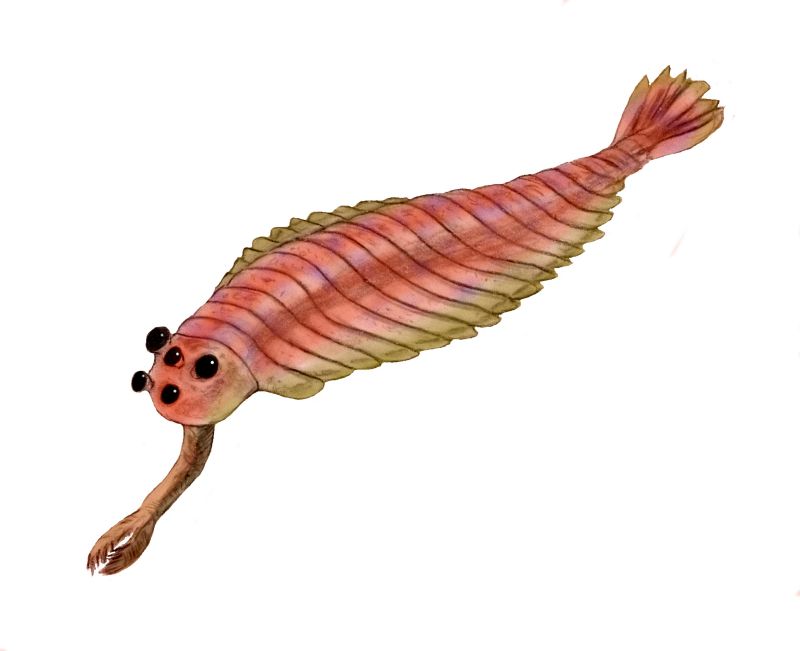
Until now, for a reinterpretation of a fossil from the 500 million year old middle Cambrian Wheeler Formation in Utah by lead author Steven Pates of Harvard’s Department of Organismic and Evolutionary Biology has found another member of Opabinia’s family. The fossil has been named Utaurora comosa and was first described in 2008 as a relative of Anomalocaris.

While U comosa does possess some similarities to Anomalocaris the re-evaluation by the team at Harvard clearly shows that the species bears a striking resemblance to Opabinia. Unfortunately the anterior nose of U comosa has broken off making an exact comparison to Opabinia’s nose impossible. However there does appear to be enough left to assert that the proboscis of U comosa seems to be smaller. At the same time the tail flaps of U comosa appear slightly different, more fan like.

The Wheeler Formation is several million years younger than the Burgess shale so perhaps U comosa is a slightly evolved descendant of Opabinia. In any case Opabina is no longer unique, it has a relative and as more such relatives are found the family’s position in the tree of life will become clearer.
Moving about 50 million years into the future the dominant creature of the Silurian seas were giant sea scorpions, formally known as eurypterids. Ancestors to both modern scorpions and spiders, sea scorpions were predators like their descendants and some species grew to over a meter in length making them among the largest of all arthropods.

Now a new species of eurypterid has been identified in Australia that is the largest specimen discovered in the land down under. The fossil itself had been unearthed years ago and left stored in the Queensland Museum in Australia but only recently has it been thoroughly examined. Realizing that the fossil was that of an eurypterid the creature is estimated to have been as much as a meter in length and has been given the formal name of Woodwardopterus freemanorum.
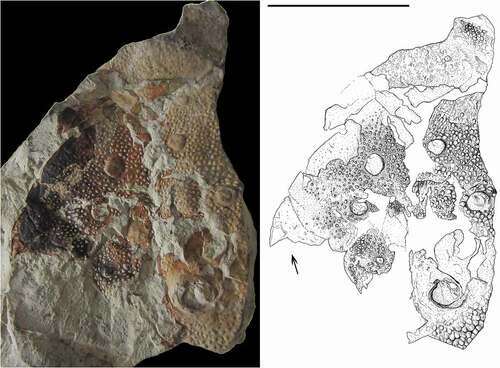
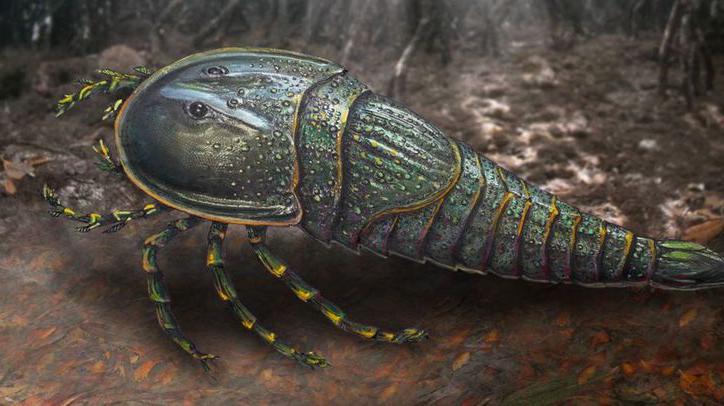
Of course even the largest creatures of the Cambrian and Silurian periods were small compared to the later dinosaurs. And the largest, best known predator from the age of the dinosaurs was the famous Tyrannosaurus rex or just T rex. One thing about the T rex that sooner or later everybody finds curious are the two tiny, seemingly useless arms that the giant meat eater possessed. Did those petite appendages have any use at all or were they vestigial organs, like our own appendix, useless but not yet eliminated by evolution.
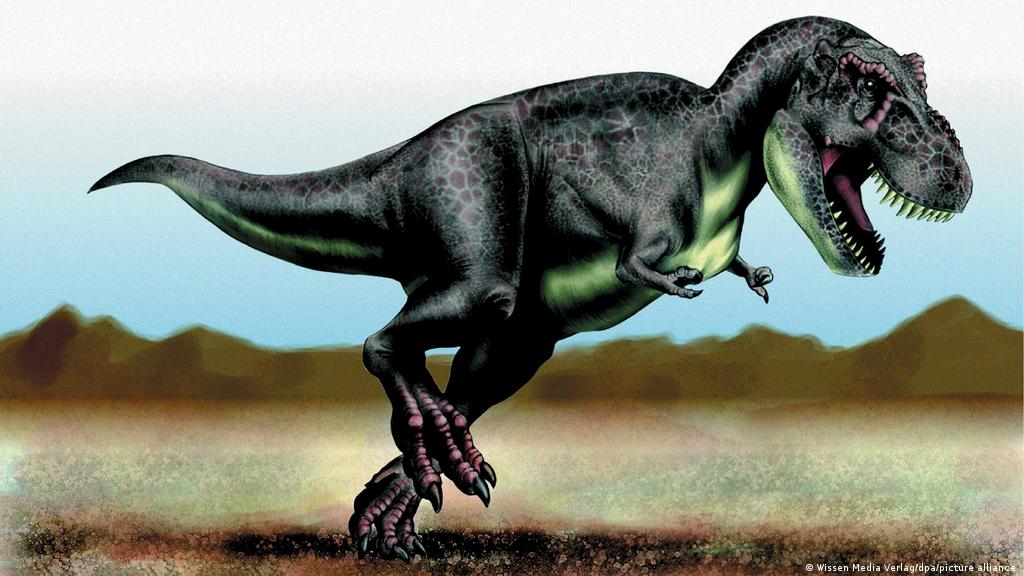
Now a new species of large predatory dinosaur has been discovered in the Los Blanquitos Formation in the Amblayo region in the north of Argentina whose arms are comparatively even shorter than T rex’s. Named Guemesia ochoai by its discoverers from the Natural History Museum in London the animal belongs to a family of dinosaurs called the abelisaur who were distantly related to the Tyrannosaurs that roamed North America at approximately the same time.

As a group abelisaurs were 5 to 10 meters in length and used their powerful heads and jaws to seize and kill their victims. The researchers who described G ochoai were not exactly certain of the creature’s size because the specimen they unearthed could have been a Juvenal. The major difference between the abelisaurs and the northern Tyrannosaurs was that the southern theropods had shorter, deeper skulls that often bore crests or bumps on it.
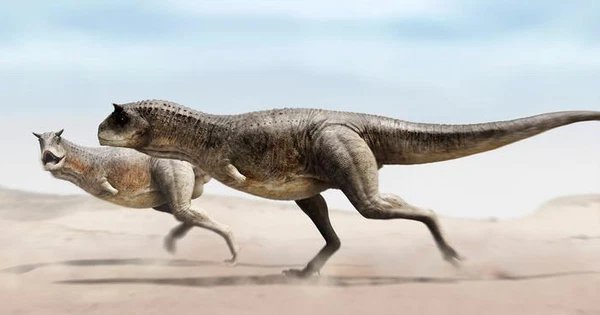
Regardless of the actual adult size of G ochoai that fact that large, predatory dinosaurs on two continents both evolved arms that were so small as to be practically useless tells us a lot about the way they attacked their prey. If you think about it however, in our modern world wolves take down their prey without using their forelegs, it’s all just teeth and jaws.
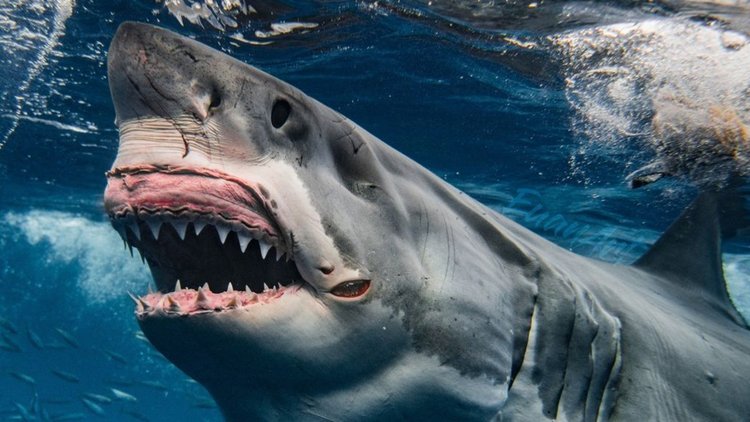
So maybe the animals from the past weren’t that different from those of today, they faced the same challenges and came up with pretty much the same solutions.
